
How to design pet-safe indoor gardens for small mammals,
Creating a pet-safe indoor garden for small mammals blends enrichment, nutrition, and natural stimulation in a home environment. By carefully selecting edible plants, safe soils, and interactive structures, owners can provide rabbits, guinea pigs, hamsters, rats, and ferrets with a secure, engaging space that encourages natural behaviors, reduces stress, and strengthens the bond between pets and their caregivers.
🐶 Pet Star
47 min read · 1, Oct 2025
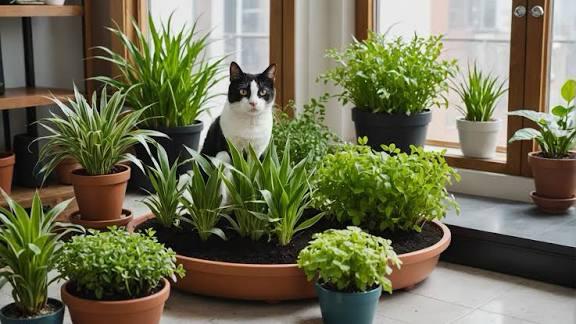
How to Design Pet-Safe Indoor Gardens for Small Mammals
Indoor gardening is not only an enriching activity for humans but can also be a wonderful way to enhance the environment for small mammals like rabbits, guinea pigs, hamsters, rats, and ferrets. Many pet owners today are shifting toward natural, eco-friendly enrichment for their animals, and a pet-safe indoor garden offers exactly that—a combination of nutrition, stimulation, and comfort. However, designing such gardens requires thoughtful planning, careful selection of plants, and an understanding of animal safety. This article explores how to create a safe, engaging, and sustainable indoor garden for small mammals, covering everything from plant selection to layout, safety considerations, and maintenance.
Why Indoor Gardens for Small Mammals?
Indoor gardens are more than just decorative. They provide:
- Enrichment: Mimicking natural habitats allows pets to forage, dig, and explore, reducing boredom.
- Nutrition: Certain plants double as fresh snacks, offering vitamins and minerals.
- Well-being: Natural greenery reduces stress in small mammals.
- Owner-Pet Bonding: Building and maintaining a garden can be a shared activity that enhances bonding.
Step 1: Understand Your Pet’s Needs
Different small mammals have unique dietary and behavioral requirements:
- Rabbits & Guinea Pigs: Herbivores that enjoy leafy greens, grasses, and flowers. They need edible-safe plants and open digging areas.
- Hamsters & Gerbils: Omnivorous but thrive on safe herbs, grasses, and small plants to dig around.
- Rats & Mice: Curious climbers who enjoy edible plants, tunnels, and climbing structures.
- Ferrets: Carnivores, so plants are more for enrichment rather than nutrition. However, safe greenery can still improve their environment.
Knowing what your pet can and cannot eat is the foundation of a pet-safe garden.
Step 2: Choosing Pet-Safe Plants
Not all houseplants are safe for pets. Many common decorative plants (such as lilies, philodendrons, and aloe vera) are toxic. Instead, choose safe, edible plants:
Safe Plants for Small Mammals:
- Grasses: Wheatgrass, oat grass, barley grass, rye grass.
- Herbs: Basil, cilantro, parsley, mint, dill, thyme, oregano.
- Leafy Greens: Romaine lettuce, kale (moderate), dandelion greens, bok choy, chicory.
- Flowers (Edible): Marigold, nasturtium, pansies, chamomile, hibiscus.
Plants to Avoid:
- Lilies, tulips, azaleas, foxglove, aloe vera, ivy, philodendron, pothos.
- These can cause toxicity, digestive distress, or even death in small animals.
Step 3: Garden Containers & Layout
- Raised Beds/Planters: Use shallow, wide planters made of ceramic, untreated wood, or metal.
- Digging Boxes: Add soil-filled containers for pets like rabbits or hamsters that enjoy burrowing. Use organic soil without pesticides or fertilizers.
- Climbing Areas: Rats and mice benefit from vines or climbing-safe plants in hanging pots or vertical frames.
- Enclosure Consideration: Decide whether the garden will be inside the animal’s enclosure or a separate supervised play area.
Step 4: Soil, Substrates, and Safety
Soil is one of the most overlooked safety elements. Commercial soils may contain fertilizers, perlite, or chemicals harmful to pets.
- Best Choice: Organic potting soil without pesticides, fertilizers, or vermiculite.
- Alternative: Coconut coir or peat moss mixed with soil for digging enrichment.
- Safety Tip: Avoid chemical sprays or treated soils.
Step 5: Light and Environment
Plants need sunlight, but pets need shade. Balance is key.
- Natural Light: Place gardens near windows but ensure pets cannot chew cords or window frames.
- Artificial Grow Lights: If sunlight is insufficient, use pet-safe grow lights (LED, no UV exposure).
- Temperature: Maintain moderate indoor temperatures suitable for both plants and small mammals.
Step 6: Safety Precautions
- Supervised Access: Allow free access only if all plants are non-toxic. Otherwise, monitor playtime.
- Limit Overeating: Even safe plants can upset digestion if eaten in excess. Provide moderation.
- Avoid Sharp Edges: No pots or garden decor with sharp corners.
- Check for Mold: Damp soil can grow mold, harmful to pets. Maintain proper drainage and airflow.
- No Pesticides or Fertilizers: All-natural gardening is the only safe option.
Step 7: Enrichment Additions
An indoor garden can go beyond plants. Add:
- Tunnels & Hideouts: Wooden logs, cardboard tubes, clay pots.
- Foraging Toys: Scatter food or hide snacks among plants.
- Digging Pits: Encourage natural digging behavior with safe substrates.
- Climbing Frames: Wooden ladders or vines for rats and mice.
Step 8: Maintenance and Hygiene
- Regular Cleaning: Remove wilted plants, mold, or waste.
- Rotate Plants: Replace eaten or damaged plants to keep the garden vibrant.
- Pest Control: Use natural remedies like neem oil (sparingly, and never directly on pet-edible plants).
- Health Monitoring: Observe your pet’s behavior—any unusual signs may indicate a plant reaction.
Example Indoor Garden Designs
For Rabbits & Guinea Pigs:
- A large shallow planter with mixed grasses and herbs.
- Clay pots of parsley and mint placed around tunnels.
- A digging box with organic soil for natural behavior.
For Hamsters & Gerbils:
- A terrarium-style garden with oat grass patches.
- Small tunnels lined with edible herbs.
- Safe wooden climbing structures.
For Rats & Mice:
- Vertical climbing wall with hanging baskets of herbs.
- Foraging areas with small potted greens.
- Hidden edible flowers for exploration.
For Ferrets:
- Focus on play structures with minimal edible plants.
- Add non-toxic greenery for aesthetics and enrichment.
Creating a pet-safe indoor garden for small mammals such as rabbits, guinea pigs, hamsters, rats, and ferrets is an enriching, rewarding, and creative project that blends natural beauty with practical care for your beloved companions. Unlike simple decoration, these gardens provide a functional space where pets can forage, explore, and interact with their surroundings in a way that mimics their natural environment. Designing such a garden requires more than putting a few plants in pots; it involves understanding each species’ unique dietary needs, behaviors, and safety concerns, and then carefully choosing plants, substrates, and structures that enhance their well-being without posing risks. For instance, rabbits and guinea pigs are strict herbivores that benefit greatly from edible greens like wheatgrass, parsley, and dandelion leaves, while hamsters and gerbils, though omnivores, thrive on safe herbs and grasses alongside tunnels and digging spaces. Rats and mice enjoy climbing, exploring vertical spaces, and nibbling on safe plants, while ferrets, being carnivorous, are less interested in edible plants but can still benefit from non-toxic greenery that adds stimulation to their environment. This diversity means there is no one-size-fits-all garden; rather, pet owners must thoughtfully plan based on the species they care for. The most important foundation is plant selection—choosing non-toxic, pet-safe greenery such as wheatgrass, oat grass, basil, mint, cilantro, dill, parsley, and edible flowers like marigolds, nasturtiums, and chamomile while strictly avoiding toxic houseplants like lilies, tulips, philodendrons, aloe vera, pothos, and ivy, all of which can be dangerous or fatal if ingested. Containers, too, play a role: shallow ceramic planters or untreated wooden boxes can work well, while raised beds and digging boxes allow natural behaviors like burrowing and foraging to thrive. The soil inside these planters must be free of pesticides, fertilizers, and chemical additives, since small mammals are likely to dig, sniff, and even nibble at it—making organic potting soil or coconut coir mixed with safe substrates the preferred choice. Light and temperature must also be balanced: plants require sunlight or artificial grow lights, but small animals should not be exposed to harsh heat or direct UV rays, so positioning gardens near windows with indirect light or using safe LED grow lights ensures plants flourish without compromising pet health. Beyond plants, enrichment features such as tunnels, hideouts, climbing frames, and foraging toys can be added to replicate a natural ecosystem that keeps pets engaged, stimulated, and happy. The safety of these gardens is paramount; pets should only have unsupervised access if every plant is edible and safe, and even then, moderation is key because overeating greens can upset digestion. Mold growth in damp soil, sharp edges on containers, and the use of pesticides or fertilizers are all hazards that must be strictly avoided. With careful maintenance—removing wilted plants, checking for pests, rotating new greenery, and cleaning the space regularly—the indoor garden becomes a sustainable, living space that benefits both pets and owners. The joy of watching a rabbit nibble fresh wheatgrass, a hamster burrow in soft soil, or a rat climb through a hanging basket of herbs goes beyond aesthetics; it represents a deeper bond with nature and with the animal itself. A pet-safe indoor garden is, in essence, a fusion of art, science, and love, offering a healthier, more engaging environment for the smallest members of the household.
In conclusion, the creation of a pet-safe indoor garden is not merely about beauty but about responsibility, sustainability, and animal welfare. It allows small mammals to reconnect with instincts that might otherwise be suppressed in a cage or confined living space—digging, foraging, exploring, and even socializing—while also providing nutritional supplements and stress relief. A rabbit or guinea pig grazing on homegrown herbs, a gerbil darting through edible tunnels, or a rat climbing vines in a vertical garden demonstrates the life-enhancing potential of these spaces. Yet such enrichment must always be paired with vigilance: toxic plants like philodendrons or lilies should never enter the pet’s environment; soils must be organic and untreated; and plant access must be managed to avoid digestive issues. Owners should design based on their pet’s species-specific needs: herbivores like rabbits and guinea pigs require broad edible options, omnivores like hamsters need mixed textures and digging areas, climbers like rats demand vertical structures, and ferrets benefit most from safe greenery combined with interactive play features. The balance between aesthetics and functionality is crucial—while a lush display is pleasing to the eye, it must never compromise safety. By maintaining hygiene through regular cleaning, preventing mold, rotating fresh plants, and monitoring pets for unusual reactions, owners ensure that the garden remains not only vibrant but also safe. Ultimately, a pet-safe indoor garden transforms the relationship between humans and their small mammals by offering shared experiences of care, curiosity, and wonder. It is a daily reminder that pets are not mere companions confined to cages but living beings with instincts and needs that deserve nurturing. For the owner, tending to the greenery provides relaxation, a deeper connection to nature, and the joy of creating an environment where both plant life and pet life coexist in harmony. For the pets, the garden represents freedom, stimulation, and health—an indoor oasis where they can be both playful and at peace. In a world where many animals live indoors, such gardens bridge the gap between captivity and nature, ensuring that small mammals lead enriched, safe, and fulfilling lives under human care.
Designing a pet-safe indoor garden for small mammals such as rabbits, guinea pigs, hamsters, rats, and ferrets is an endeavor that combines creativity, careful planning, and a deep understanding of animal behavior and needs, allowing pet owners to provide a naturalistic, enriching environment within the home while ensuring safety and wellness. Small mammals benefit immensely from spaces that encourage exploration, foraging, and interactive play, which are instincts that can become suppressed in conventional cages or indoor enclosures, and an indoor garden offers a versatile solution to these needs by incorporating edible plants, safe soils, and stimulating structures that cater to their specific dietary and behavioral requirements. For instance, rabbits and guinea pigs, as herbivores, require a variety of leafy greens, grasses, and herbs, such as wheatgrass, oat grass, dandelion leaves, parsley, basil, and cilantro, while hamsters and gerbils, which are omnivorous, enjoy safe herbs, grasses, and small plants in addition to tunnels and digging areas, and rats thrive on vertical spaces and climbing opportunities with edible plants strategically placed to encourage activity, whereas ferrets, being carnivorous, are less interested in plant consumption but still benefit from non-toxic greenery that adds enrichment and visual stimulation. Selecting the right plants is one of the most crucial steps, as many common houseplants, including lilies, aloe vera, pothos, philodendrons, tulips, and ivy, are toxic to small mammals, causing digestive distress, poisoning, or even death if ingested, and therefore must be avoided completely, while safe edible plants, herbs, and flowers not only provide nutrition but also encourage natural behaviors such as nibbling, foraging, and scent exploration. The choice of containers, planters, and garden layout also requires careful consideration: shallow, wide planters made of ceramic or untreated wood, raised beds, and digging boxes filled with organic soil or coconut coir provide suitable spaces for rooting and digging, while hanging baskets, vertical frames, and low platforms enable climbing species such as rats and mice to exercise and explore safely. Soil selection is equally important because many commercial potting mixes contain fertilizers, pesticides, or perlite that can harm pets; organic, untreated soil, or a mixture of coconut coir and safe substrates ensures that pets can dig, sniff, and nibble without exposure to toxins, and drainage must be managed carefully to prevent mold growth, which can be hazardous to respiratory health. Lighting and environmental conditions must strike a balance between the requirements of plants and the comfort of pets, with indirect sunlight or LED grow lights providing sufficient energy for photosynthesis while avoiding overheating or UV exposure that could stress or harm animals, and maintaining moderate temperatures ensures that both plants and pets thrive in a shared environment. In addition to plants, enrichment structures such as tunnels, hideouts, climbing frames, foraging toys, and digging pits can transform the garden into a stimulating ecosystem that encourages exploration, problem-solving, and physical activity, which are essential for mental and physical health in small mammals, while simultaneously allowing owners to bond with their pets through observation and guided interaction. Safety precautions are paramount: even pet-safe plants can cause digestive upset if consumed in excessive quantities, so supervised access and moderation are necessary, while sharp edges on containers, treated soils, pesticides, or fertilizers must never be used, and constant monitoring for mold, pests, or other hazards is required to maintain a safe space. Maintenance routines involve removing wilted or damaged plants, rotating greenery to keep the garden fresh and interesting, and cleaning soil and surfaces regularly to prevent contamination or odor, which ensures a hygienic and sustainable environment. Beyond physical health, indoor gardens offer psychological benefits for pets, reducing stress, encouraging natural behaviors, and providing sensory stimulation through different textures, scents, and visual cues, while also offering owners the satisfaction of creating a harmonious, living ecosystem within their home. The garden becomes a microhabitat where pets can graze on fresh herbs, burrow in soft soil, climb safely, and forage for hidden treats, blending nutrition, enrichment, and play in a single space, and over time, it fosters a deeper bond between pet and owner, as observing natural behaviors and interacting safely with the environment reinforces care and empathy. Every aspect, from plant selection and soil composition to garden layout and enrichment features, must be meticulously planned to ensure that the indoor garden functions as both a safe haven and a stimulating playground, providing variety, novelty, and exercise while respecting the natural instincts and limitations of the species. A pet-safe indoor garden, therefore, is not merely a decorative element or a luxury, but a thoughtful, intentional approach to enhancing the life quality of small mammals, offering them opportunities for exploration, dietary enrichment, and mental stimulation in a controlled, safe environment. By carefully combining edible and non-toxic plants, safe soil, appropriate lighting, climate control, enrichment structures, and hygiene practices, owners can create a sustainable indoor ecosystem where their pets can flourish, engage in species-specific behaviors, and lead healthier, more enriched lives. Ultimately, a pet-safe indoor garden bridges the gap between indoor captivity and natural habitat, allowing small mammals to enjoy the benefits of greenery, mental stimulation, and interactive play while keeping safety at the forefront, and transforming indoor spaces into environments that nurture curiosity, activity, and well-being for both pets and owners, illustrating the profound impact of thoughtful, compassionate design on the everyday lives of these small but remarkable creatures.
Conclusion
Designing a pet-safe indoor garden for small mammals is a rewarding way to enrich their lives. It provides mental stimulation, nutritional benefits, and a naturalistic habitat. The key lies in choosing safe plants, avoiding toxic substances, using organic soil, and supervising interaction. Whether you keep rabbits, guinea pigs, hamsters, rats, or ferrets, a well-designed indoor garden can bring joy, health, and a closer bond with your pets.
In conclusion, a pet-safe indoor garden is not just an aesthetic feature—it is a living ecosystem tailored to your pet’s needs, blending nature and care under one roof.
Q&A Section
Q1: What are the safest plants for small mammals in an indoor garden?
Ans: Wheatgrass, oat grass, parsley, cilantro, mint, basil, and edible flowers like marigolds and nasturtiums are some of the safest options.
Q2: Can I use regular potting soil for my pet-safe garden?
Ans: No, most commercial soils contain fertilizers and chemicals. Use organic soil without additives, or mix coconut coir with untreated soil.
Q3: How do I prevent my pet from overeating plants?
Ans: Offer plants in moderation, rotate edible greens, and balance with their regular diet. Supervised access is best.
Q4: Are houseplants like aloe vera or pothos safe for pets?
Ans: No, many decorative houseplants are toxic. Avoid lilies, philodendron, aloe vera, pothos, tulips, and similar plants.
Q5: Can I make a garden inside my pet’s enclosure?
Ans: Yes, but only if all plants are safe and non-toxic. Alternatively, set up a separate supervised garden play area.
Similar Articles
Find more relatable content in similar Articles
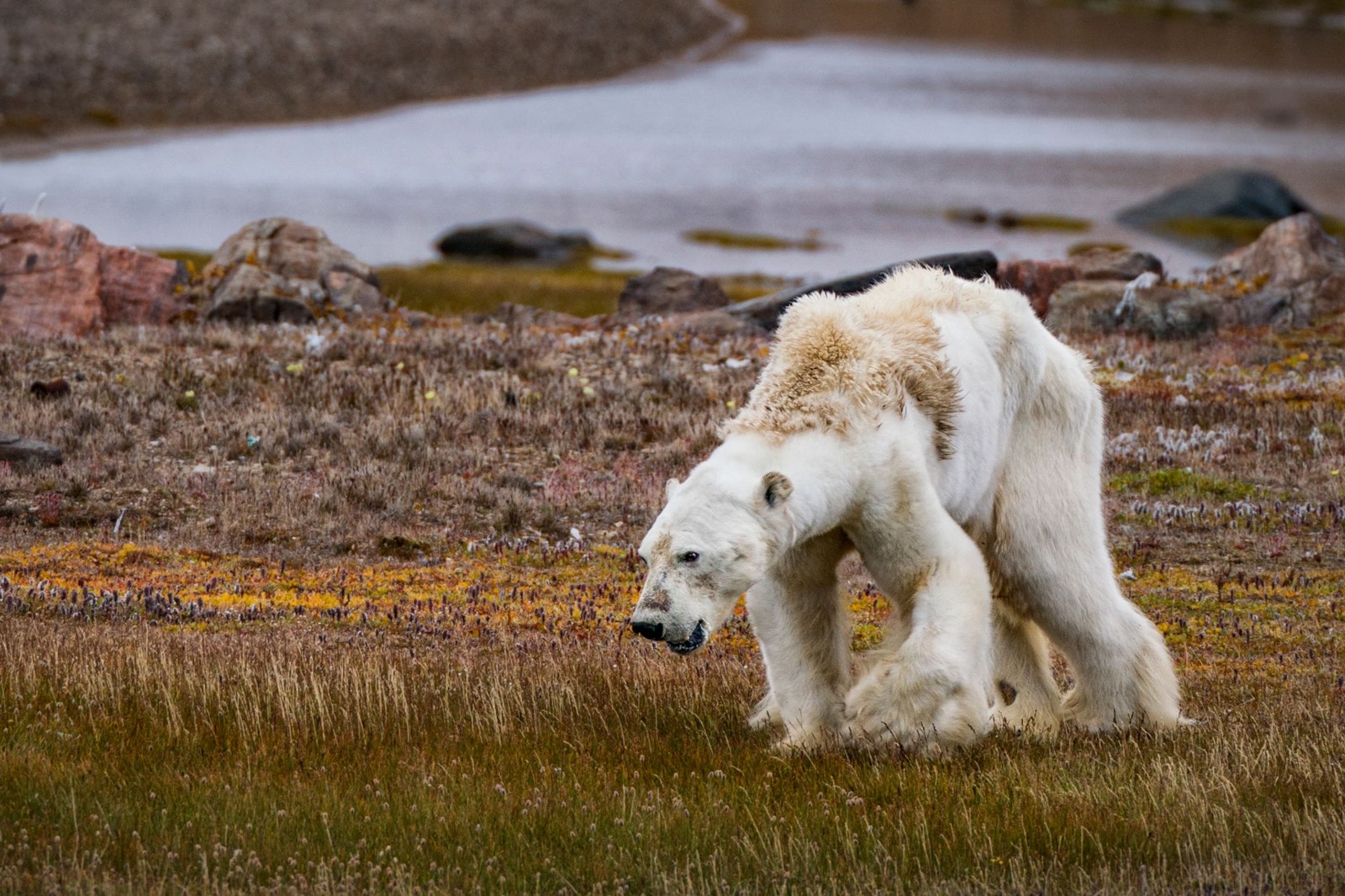
How Climate Change Affects Wild and Domestic Animals...
Climate change is dramatically.. Read More
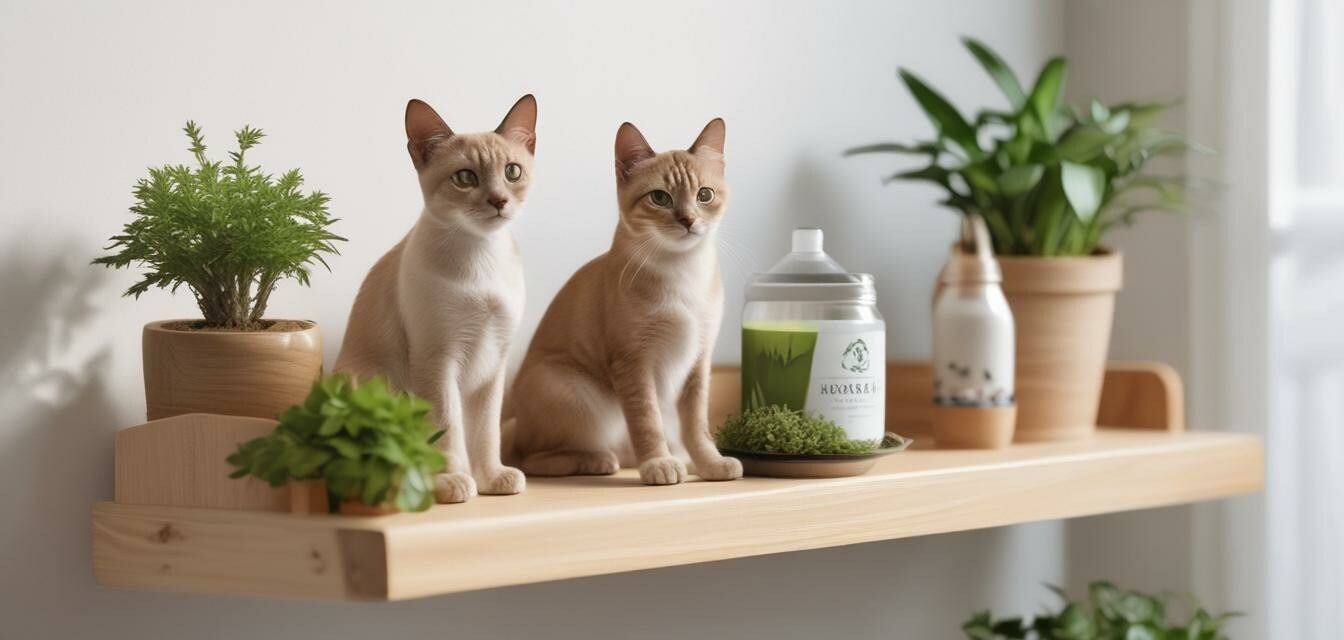
Sustainable Pet Products: What to Look for in 2025...
As sustainability becomes a ce.. Read More
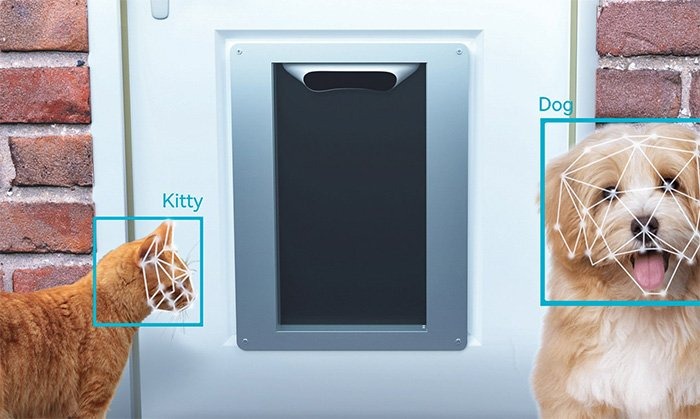
Smart Homes for Pets: Automated Feeders, Doors, and Mo..
As smart home technology advan.. Read More
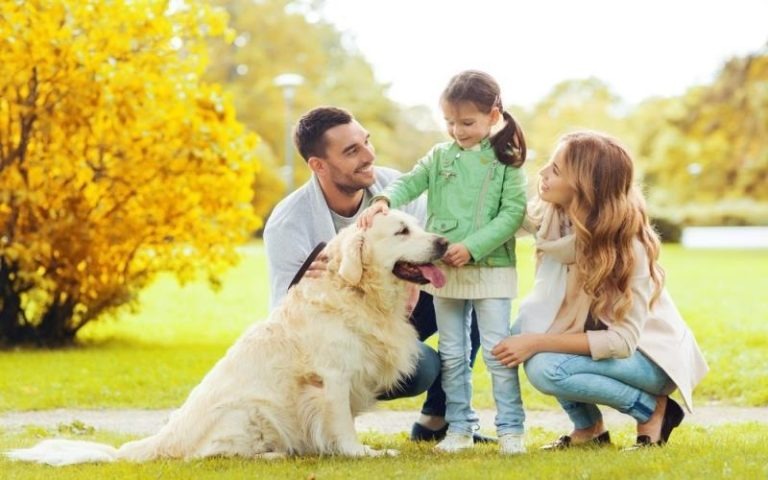
How Pets Strengthen Family Bonds...
Pets are more than just compan.. Read More
Explore Other Categories
© 2024 Copyrights by rPets. All Rights Reserved.